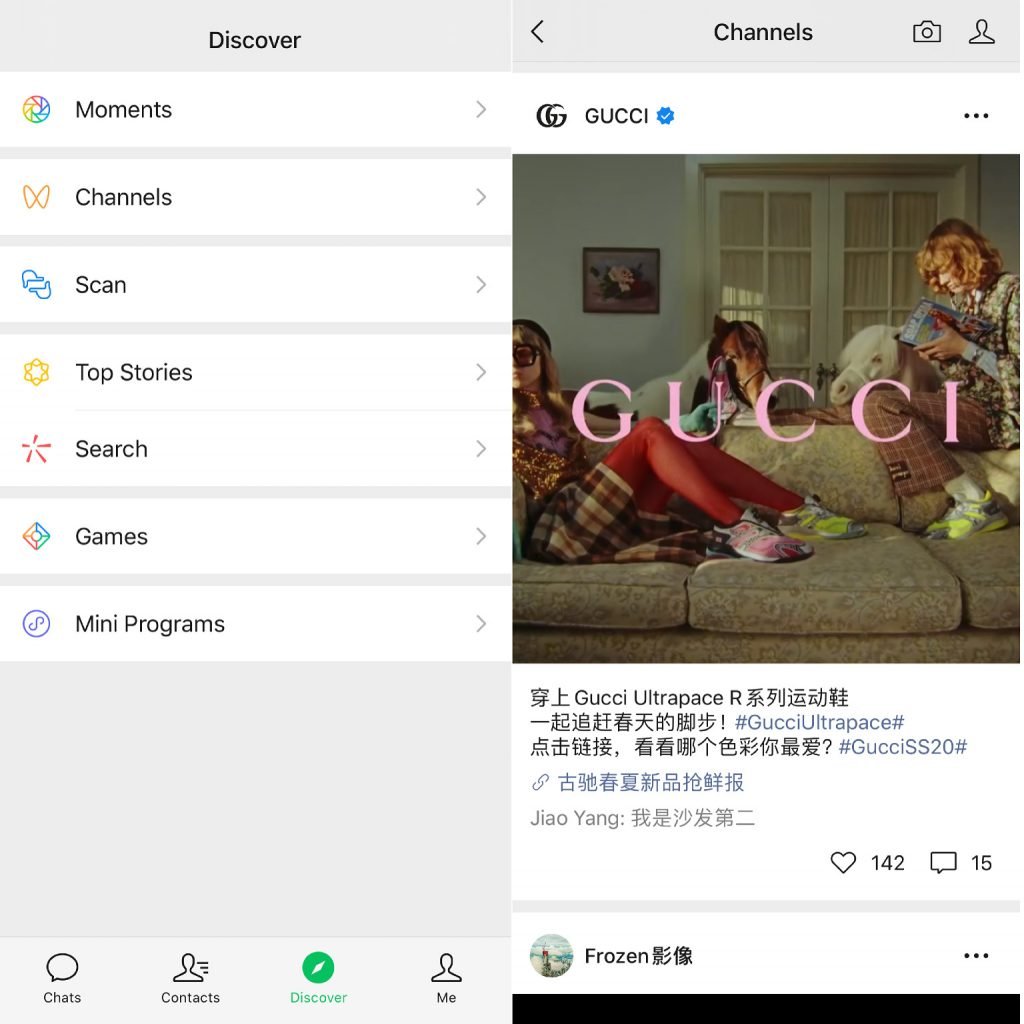What is WeChat Channels and what’s its potential?
At 9 pm on December 17, 2021, Westlife held their first online concert in the world called "Love Crosses the Mountain and the Sea" on their WeChat Channel. The performance went viral quickly on WeChat and Weibo. For a hidden Easter egg, Westlife sang Pu Shu's "Ping Fan Zhi Lu (Ordinary Road)". The Chinese words they pronounced were surprisingly clear, which pushed the concert to the climax. The show attracted more than 20 MILLION people to watch and received more than 130 MILLION likes in total.
For most Chinese millennials, Westlife is the super idol of their youth. They are the first inspiration of European music and spread warmth in their growing up. Westlife is the memory of music belonging to an era. It is very touching to reunite after a long time.
Moreover, this event refocused our attention on the WeChat Channel, a hidden "blue ocean" for the music industry.
The beginning of WeChat Channels:
In 2017, WeChat product manager Zhang Xiaolong and the WeChat platform team realized a problem - WeChat Public Account is only suitable for writing long articles. In comparison, video is becoming more and more popular and has become a habit for many people. The video-based expression may be the mainstream content sector in the next decade.
In 2019, Zhang Xiaolong formed a small team of about 10-20 people and began to think about a new video platform idea. January 21, 2020, WeChat officially opened the testing version of their video Channel.
Special Recommending Mechanism:
Unlike the major video sharing platforms such as TikTok, YouTube and Kuaishou, WeChat Channel prefers the trust from authentic social interaction rather than an algorithm. WeChat Channel mainly depends on social recommendations with likes and shares among WeChat friends, supplemented by algorithm recommendation. Wechat Channel gives priority to content that friends are watching and short videos that friends have liked, etc. The WeChat video Channel has more robust information characteristics, and the content that users see is more likely to be selected by their authentic friends.
Based on the simple and direct experience and the social chain communication, the WeChat Channel is suitable for users to receive content with a certain depth, personalized expressions, and shared memories, such as knowledge and music.
The WeChat video Channel, rooted in the 1.25 billion monthly active WeChat users, provides a new blue ocean for musicians. Musicians don't only cater to algorithms.The WeChat Channel mainly uses a friend filtering model to recommend content, i.e. it is believed that if a user's WeChat friends like the content, there is a high probability that the user will also like it. In this form of recommendation, music content is spread in the community, making it easier for musicians to "cold start". In addition, the video Channel also allows musicians to add links to public accounts and small programs on their homepages, building up a more active fan community.
On WeChat Channel, musicians are more likely to find their fan base through WeChat friend recommendations. The WeChat Channel provides a more accessible creative environment for musicians to collaborate with their fan community, and ordinary musicians can find their place on WeChat Channel. The interactions with music fans are not only on WeChat but also on Weibo, Douyin, Kuaishou and Bilibili. It shows the inevitable trend of musicians' social media activities and video making.



